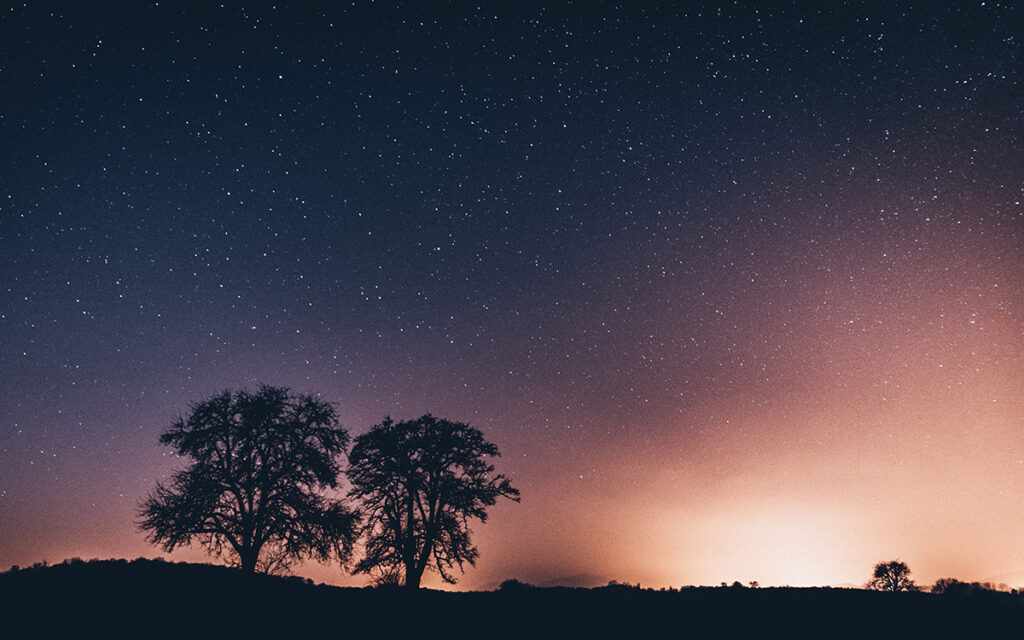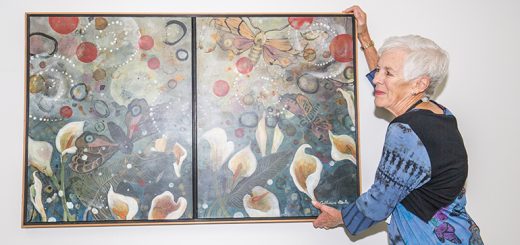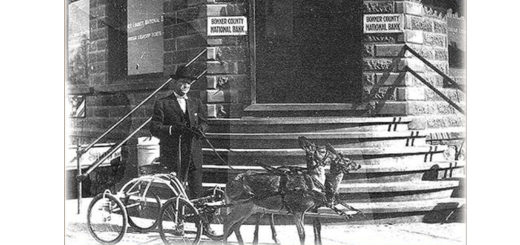Mad about Science: Light pollution
By Brenden Bobby
Reader Columnist
Today’s subject was suggested by Kodiak Ellis. Thanks, Kodi!
The discovery of electricity brought with it a unique problem that had never before been encountered by human civilization: light pollution.
We have used artificial light for as long as we’ve understood how to create fire. Humans using fire for lighting is usually very controlled and in small amounts to illuminate an area around us, while electric lights are meant to brighten huge paths or areas with powerful light. This is great when we’re ghost hunting down a creepy old hallway at night, but it’s much worse when it’s altering our environment.
Many plants and animals evolved to be in tune with natural light cycles. Many moths are nocturnal and naturally evolved to use moonlight as a navigational tool in the way that humans used the North Star, Polaris, to navigate throughout history. Bright artificial lights at night aren’t necessarily attracting the moths, they just can’t differentiate the moon from the lights and end up getting stuck, much like an NPC in a video game that has flawed pathing will continuously walk into a wall or an object.
Light pollution also disrupts the flight patterns of migratory birds, including Canada Geese and the hummingbirds we see during the summer. Birds rely on light to regulate their hormonal cycles, which affects everything from their stress to their egg production and migratory paths. Placing a light in a chicken coop during the winter will increase the egg yield, but also detrimentally affect the hen’s lifespan and overall health.
Humans have also evolved to be attuned with natural day and night cycles. Sleep cycles for humans have changed dramatically in the past 20,000 years, and the introduction of electric lighting has further complicated that.
Early in human history, it was common for humans of different ages to have varying sleep schedules. Young and old humans would need frequent bursts of sleep, while adolescent humans would skew toward staying awake longer into the night to keep watch with keen and healthy eyes until adults or elders would awaken in the early morning. It’s believed this is why teenagers currently tend to have more night-owl tendencies than adults, though the bombardment of artificial light has certainly stretched this behavior to extremes.
Artificial light provides visibility and security to help reduce bad behavior in humans, such as theft, vandalism and violence. It also makes it safer for us to drive at night by allowing us to see and avoid obstacles or dangers in the roadways, so its importance can’t be diminished, but it has other effects on our environment that can’t be glossed over.
Interestingly, artificial light and light pollution both control and contribute to an increase in crime. Illuminating areas at night reduces the likelihood of harmful and illegal acts occurring in an area, while also contributing to disrupted sleep cycles, which can cause an increase in erratic and harmful behavior. While not a sole cause of this, it can still contribute to unrest in urban areas where systemic poverty and drug use are frequent.
Light pollution in the night sky occurs in areas with lots of artificial light. The light is diffused by the atmosphere and obfuscates our view of the stars. Light diffusion takes place when light particles strike an object and are scattered. This is why most lights are covered by a sheet of acetate, glass or plastic. The light scatters, which increases the area the light illuminates while also reducing the harshness of the illumination. This also happens in the atmosphere when photons strike air molecules. This is apparent in city areas where the sky “glows.” It’s also seen during forest fires, as the intense light from the huge amount of fire is diffusing in the air above the blaze.
Meanwhile, light pollution wastes energy and money that could be used elsewhere. An open-faced streetlight shining light in every direction is throwing a lot of energy up to the sky that doesn’t need to be illuminated. Putting a cap over the top of a streetlight and pointing downward illuminates the ground where people need to see. Lower energy bulbs can also be used to deliver the same amount of light to a smaller area, which saves money and reduces everyone’s electric bill in the long run.
You may be thinking to yourself: We live in an age of GPS and don’t use the stars for navigation anymore. What’s the big deal if we can’t see the stars?
This is important to astrophysicists for numerous reasons. Our ability to view planets within our solar system and stars outside of it helps us understand our own planet as well as advancing our technology through understanding of natural processes. Nuclear fusion technology is a great example of the importance of observing stars. Trying to develop nuclear fusion would be extremely difficult if we weren’t able to observe myriad other stars to understand how these processes occur naturally. Large stars act very differently from stars the size of our sun.
Diffused light makes it difficult to see distant objects. It would be as if you were bird watching and some annoying kid was shining a laser pointer into your lenses.
Are you looking for more information about dark sky initiatives around the world, including in the Sandpoint area? Get started at darksky.org and see if there are things you can do to help save on your energy bill and bring a little more darkness back to the night sky.
Stay curious, 7B.
Additional reading provided by Kodiak Ellis:
- darksky.org – The website for DarkSky International (DSI), the world’s authority on light pollution.
- darksky.org/resources/guides-and-how-tos/lighting-principles – How to use light responsibly.
- darksky.org/resources/what-is-light-pollution/effects/human-health – Light pollution’s effects on human health.
- darksky.org/resources/what-is-light-pollution/effects/wildlife-ecosystems – Light pollution’s effects on wildlife.
- lightpollutionmap.info – A map of light pollution as seen from space.
- zotero.org/groups/2913367/alan_db/items/KM39QVSZ/library – A database of scholarly articles related to Artificial Light At Night (ALAN).
- youtube.com/watch?v=C_QEssKr2mo – A recording of the 4/16/2025 Sandpoint City Council meeting where Mayor Jeremy Grimm issued a proclamation for International Dark Sky Week.
- audubon.org/our-work/cities-and-towns/lights-out – The Audubon Society’s bird-focused program to reduce light pollution.











 Coming up this week! Don’t miss Live Music, the Summer Sampler, the Art Party, Monarch Grind, the Sandpoint Renaissance Faire, and more! See the full list of events in the
Coming up this week! Don’t miss Live Music, the Summer Sampler, the Art Party, Monarch Grind, the Sandpoint Renaissance Faire, and more! See the full list of events in the 